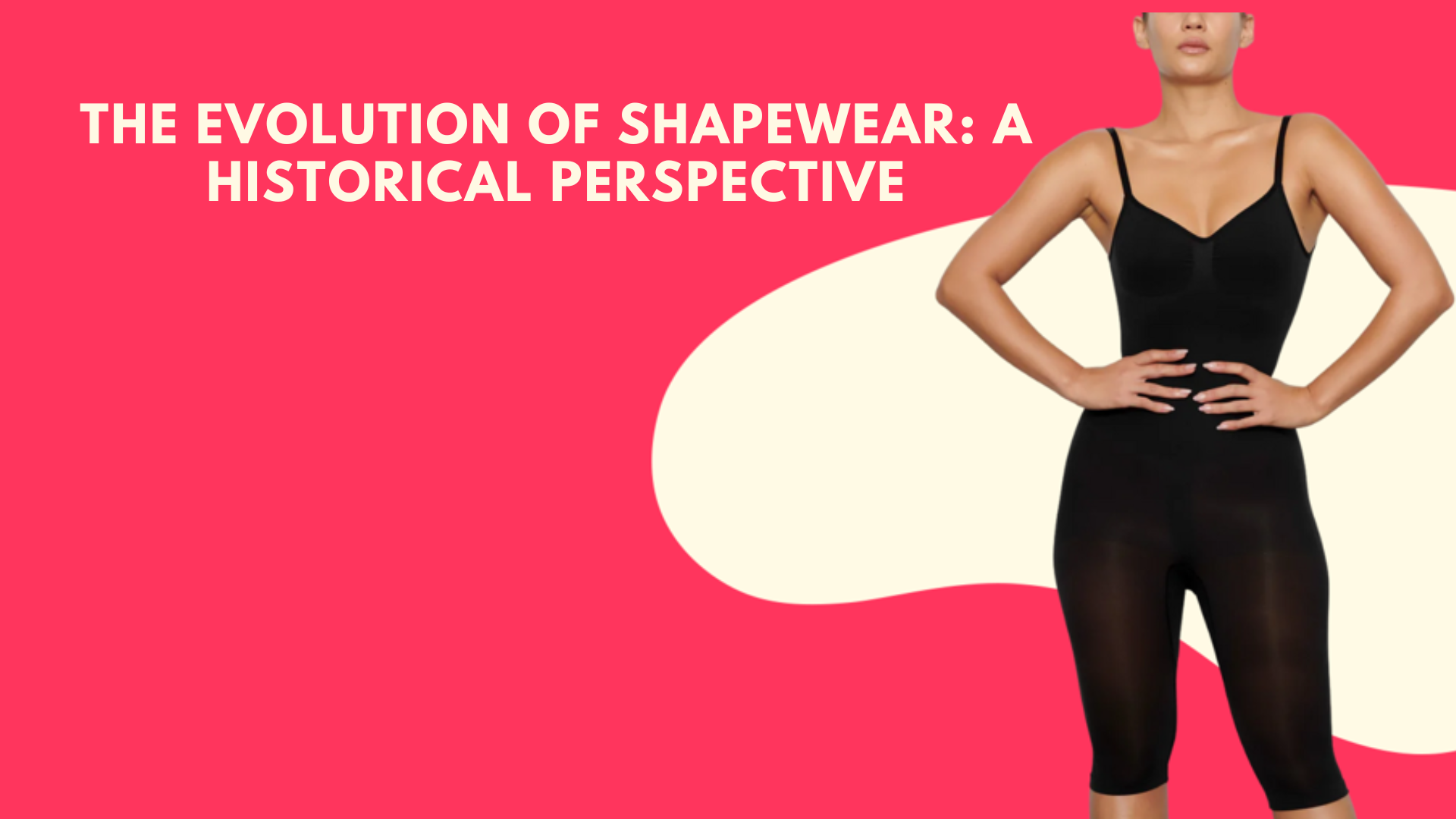Shapewear, often seen as a modern fashion necessity, has a rich history that spans centuries. From ancient corsets to contemporary compression garments, shapewear has evolved significantly, reflecting changes in fashion, technology, and societal norms. This blog explores the fascinating journey of shapewear through the ages, highlighting its transformations and enduring impact on women’s fashion.
Ancient Foundations
The concept of shaping garments can be traced back to ancient civilizations. In ancient Egypt, both men and women wore linen bandages and girdles to shape their bodies. Similarly, Greek and Roman societies used various forms of girdles and corsets to achieve a desired silhouette. These early garments were primarily made from natural materials like leather, linen, and wool.
The Corset Era
The corset, perhaps the most iconic piece of historical shapewear, became popular in Europe during the 16th century. Initially designed to support and shape the torso, the corset evolved into a symbol of feminine beauty and elegance.
- 16th-18th Century: Corsets were rigid and heavily boned, made from materials such as whalebone, steel, or wood. They were worn to achieve a narrow waist and full bust, often resulting in extreme body modifications. The restrictive nature of corsets was a topic of debate, with some advocating for their health risks.
- 19th Century: The Victorian era saw corsets become even more elaborate. Steel stays and lace-up backs allowed for greater customization, while the silhouette emphasized an exaggerated hourglass figure. The advent of the “S-bend” corset in the late 19th century pushed the bust forward and the hips back, creating a dramatic effect.
The 20th Century Revolution
The early 20th century brought significant changes to shapewear as societal attitudes toward fashion and comfort began to shift.
- 1920s-1930s: The flapper era marked a move away from the heavily structured corset to more relaxed, boyish silhouettes. The introduction of elastic materials led to the creation of girdles and brassieres, which provided support without the rigidity of corsets.
- 1940s-1950s: Post-World War II fashion saw the return of more defined waistlines with the help of girdles and shapewear. The introduction of new materials like spandex and nylon revolutionized shapewear, making it more comfortable and versatile.
- 1960s-1970s: The rise of the feminist movement and changing fashion trends led to the decline of traditional shapewear. The focus shifted towards comfort and natural body shapes, with many women opting for more relaxed styles or rejecting shapewear altogether.
Modern Shapewear Innovations
The late 20th and early 21st centuries have seen shapewear undergo a remarkable transformation, driven by technological advancements and evolving fashion preferences.
- 1980s-1990s: The development of new synthetic fabrics, such as Lycra and microfibers, allowed for greater stretch and comfort. Brands like Spanx pioneered the modern shapewear movement, introducing products designed to smooth and shape without constriction.
- 2000s-Present: Today’s shapewear is characterized by its diverse range of options, from high-waisted briefs to full-body suits. Innovations include seamless designs, breathable fabrics, and inclusive sizing, catering to a broader range of body types and personal preferences.
- Sustainability and Inclusivity: Modern shapewear brands are increasingly focusing on sustainability and inclusivity. Many are using eco-friendly materials and promoting body positivity, reflecting a shift towards more ethical and diverse fashion practices.
Conclusion
The evolution of shapewear reflects broader changes in fashion, technology, and societal attitudes towards the female body. From the rigid corsets of the past to the flexible, inclusive designs of today, shapewear has continually adapted to meet the needs and preferences of women throughout history. As we look to the future, it’s clear that shapewear will continue to evolve, embracing new materials and technologies while responding to changing fashion trends and cultural values.









